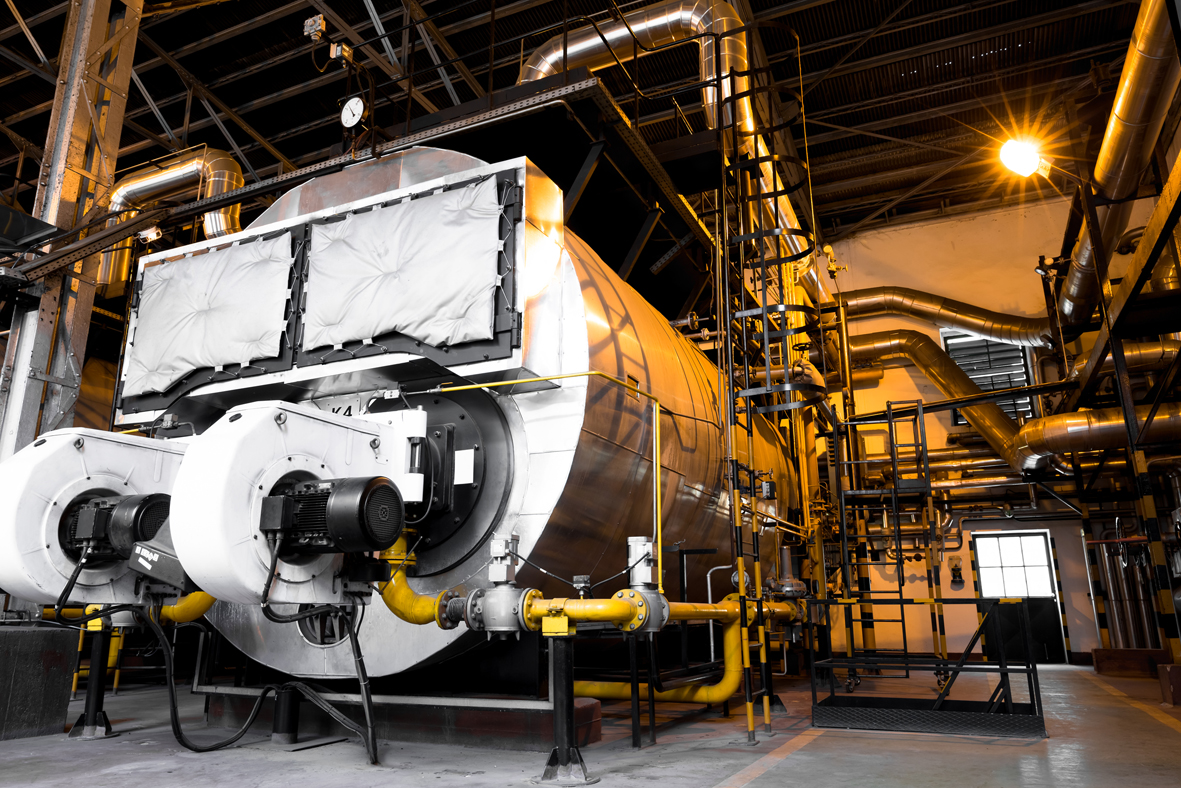Industrial ventilation

It is cold in Industrial premises in the morning and at night, and it is hot there in daytime due to heat flows generated by factory equipment. Ventilation units special design air diffusers supply purified air to the work zone and do not require any floor space as they are mounted to the wall or ceiling.
Industrial ventilation: What should it be like?
Industrial buildings have a number of special features. They can accommodate industrial, amenity, warehousing and administrative premises, and so their ventilation should be designed taking into account such specifics. For example, production workshops typically have high ceilings and large areas. Their process equipment emits heat and warms up during the day, hence the air temperature is unevenly distributed. In addition, due to increased gas pollution and dustiness of such areas, the requirements for air exchange are quite high.
Standard ceiling air distribution systems used for ventilating industrial premises, often do not address these problems. In winter, lighter warm air rises up, not having time to reach the work area, and in summer, cooled air is directed down at a high speed. This prevents an adequate air exchange, and as a result the workers experience discomfort, their performance decreases and the illness rate increases.
Air diffusers should be positioned so that to ensure an even distribution of air. At the same time, it is necessary to save space for the core equipment and product warehousing. Moreover, the noise level should not exceed the permissible standards, and the energy resources should be used as efficiently as possible.
A comfortable indoor climate in industrial premises is achieved through proper design and selection of optimal equipment.
How do we design industrial ventilation systems?
At the initial stage, detailed technical terms of reference are required where the customer should specify the area of the premises, type of equipment to be used, any hazardous emissions, and the temperature profile for each workshop, as well as the other necessary data.
Then we make all the necessary calculations (building heat balance, enterprise operating modes, etc.), select the equipment according to the technical solution and, based on the data obtained, develop the design.
The calculations should comply with the requirements of building codes and regulations (SniP), and sanitary regulations and standards (SanPiN). In addition, the design enables the customer to determine the necessary power grid capacity to be allocated to ventilation systems. To ensure a quick start-up of the project, we offer our customers services such as installation supervision, commissioning and consultations for the servicing personnel.
Preliminary calculations for your project can be ordered free of charge by applying to us online. We are ready to conduct an expert review of your new project or old industrial ventilation systems. A professional evaluation will identify possible options for upgrading the existing technical solution to reduce energy consumption and improve the climate in your production space.
If you need advice from our specialists, please contact us
8 (800) 550-61-21 (toll-free within Russia) or use the feedback form.
We work with all over Russia.
Every
breath
matters
breath
matters
